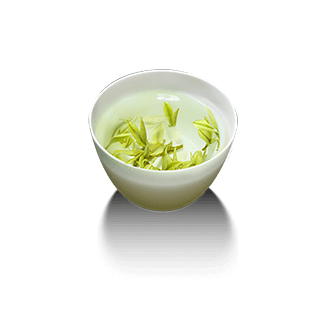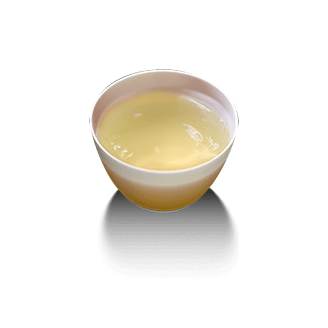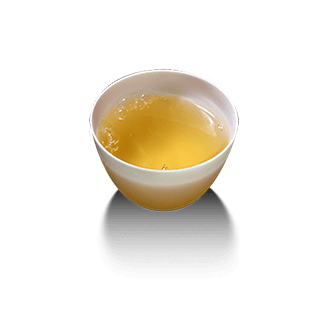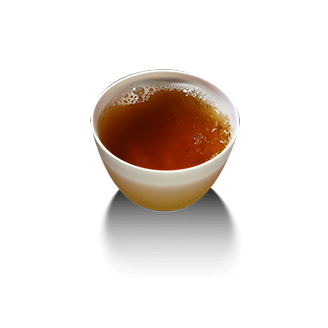

FuLing Brick Tea




FuLing Brick Tea

Fu Brick Tea (茯砖茶) derives its name from two characteristics: it was traditionally processed during the 'Fu Tian' (伏天, the hot 'dog days' of summer), and its shape is that of a brick (砖, Zhuān).
Fu Brick Tea is a post-fermented tea belonging to the Dark Tea (Hei Cha) category. It is created through eighteen traditional steps, utilizing unique techniques such as Wo Dui (Wet Piling), pressing, fermentation, and the special 'Fa Hua' (Golden Flower blooming) process. It is a tea product characterized by its long processing cycle and distinct craftsmanship.
Through the unique 'Fa Hua' process, the tea brick develops dense 'Golden Flowers' (金花, Jīn Huā). When dry, the brick has a delicate floral aroma. These 'Golden Flowers'—a beneficial probiotic mold (Eurotium cristatum)—are rich in beneficial substances such as lipase and amylase. Fu Brick Tea is known to aid digestion, soothe the gastrointestinal system, help lower blood lipids, and assist in cutting through the grease of heavy meals.
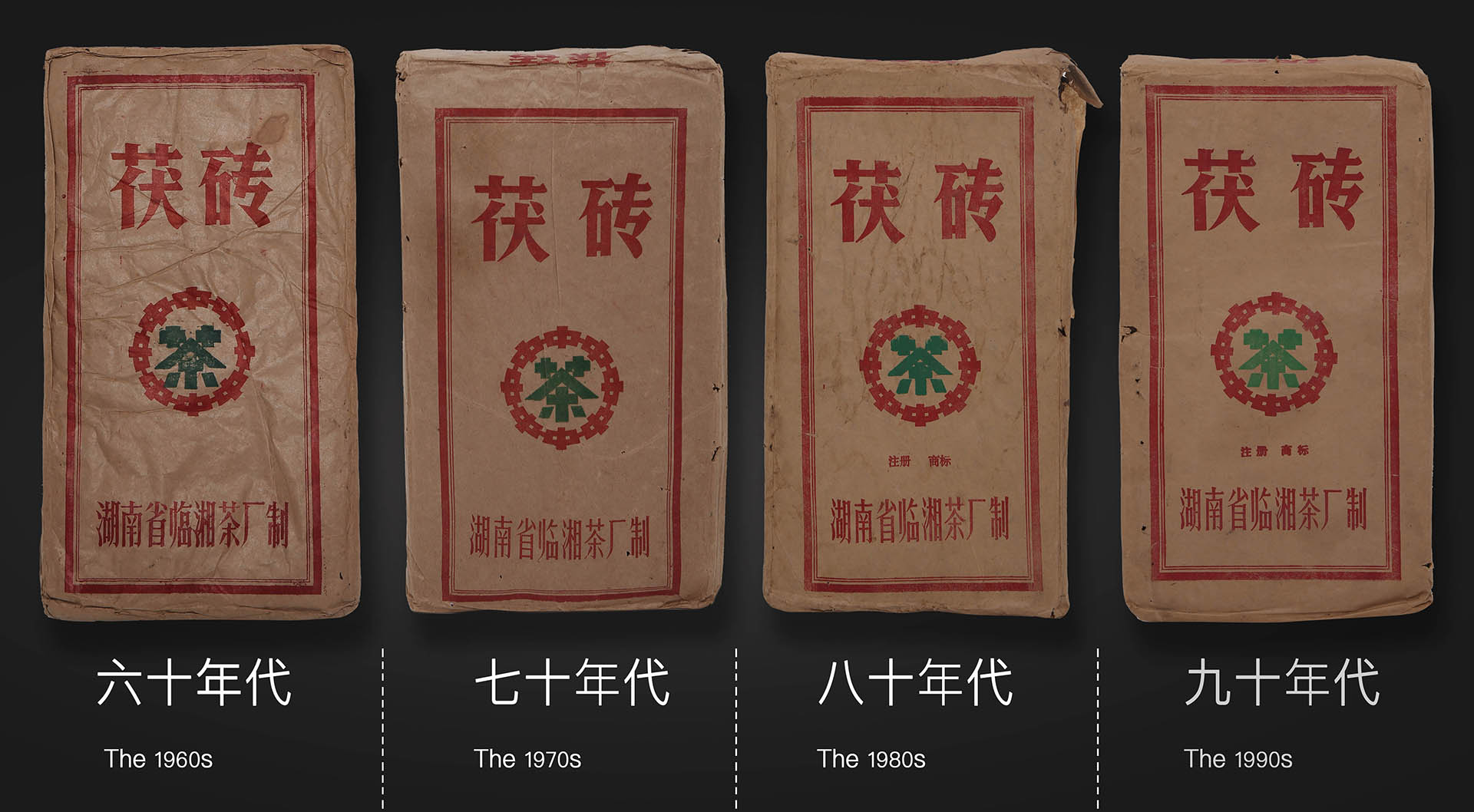
Tea Type: Dark Tea
Storage: Dry-stored in original packaging
Aroma Profile: Plum fragrance and woody notes
Weight: Approx. 2000g per brick
After decades of natural ageing, the tea brick has become loosened and thick. The tea leaves are large and robust, presenting a deep brown color. The stems are of moderate tenderness with a deep chestnut hue.
The inner quality is marked by a clean and pure aroma, and the tea liquor is a deep, rich red. The mouthfeel is smooth with a full, thick body, inducing salivation on the tongue. It features unique notes of plum and wood, finishing with an abundant aged character (Chen Yun).
This tea is beneficial for helping to reduce the 'Three Highs', regulating the digestive system, and aiding in the prevention of arteriosclerosis.
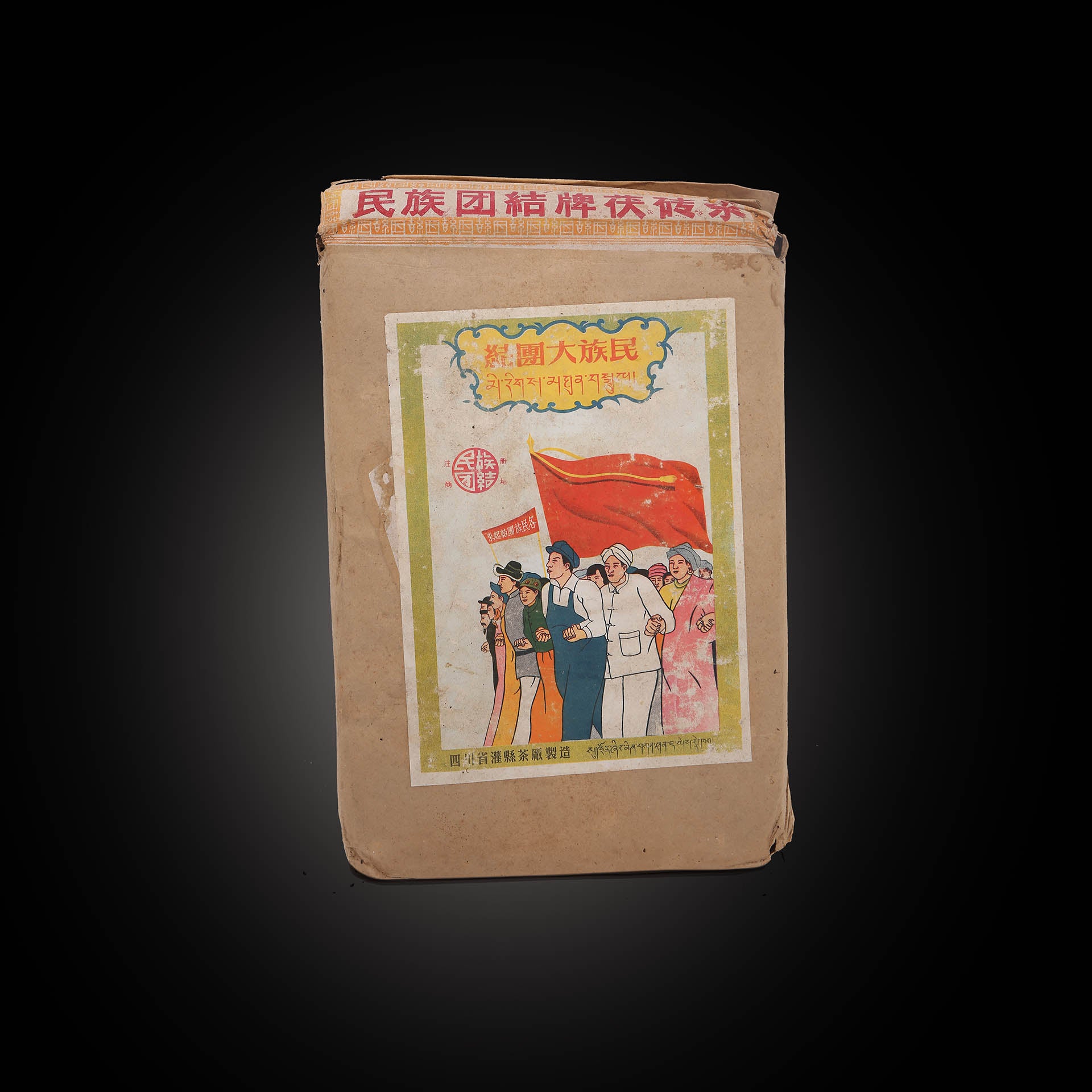
Tea Type: Dark Tea
Vintage: 1970s
Storage: Dry-stored in original packaging
Aroma Profile: Medicinal fragrance and aged tea aroma
Weight: Approx. 3000g per brick
This 1970s "Nationalities Hand in Hand" Fu Brick Tea has a clear and bright liquor that is deep red with an amber hue.
The taste is mellow and smooth, with a full aged character (Chen Yun). The aroma is clean and pure, featuring distinct medicinal notes.
As a "Cultural Revolution Brick," its limited remaining stock makes it exceptionally rare and precious.
This tea is beneficial for helping to reduce the 'Three Highs,' regulating the digestive system, and aiding in the prevention of arteriosclerosis.
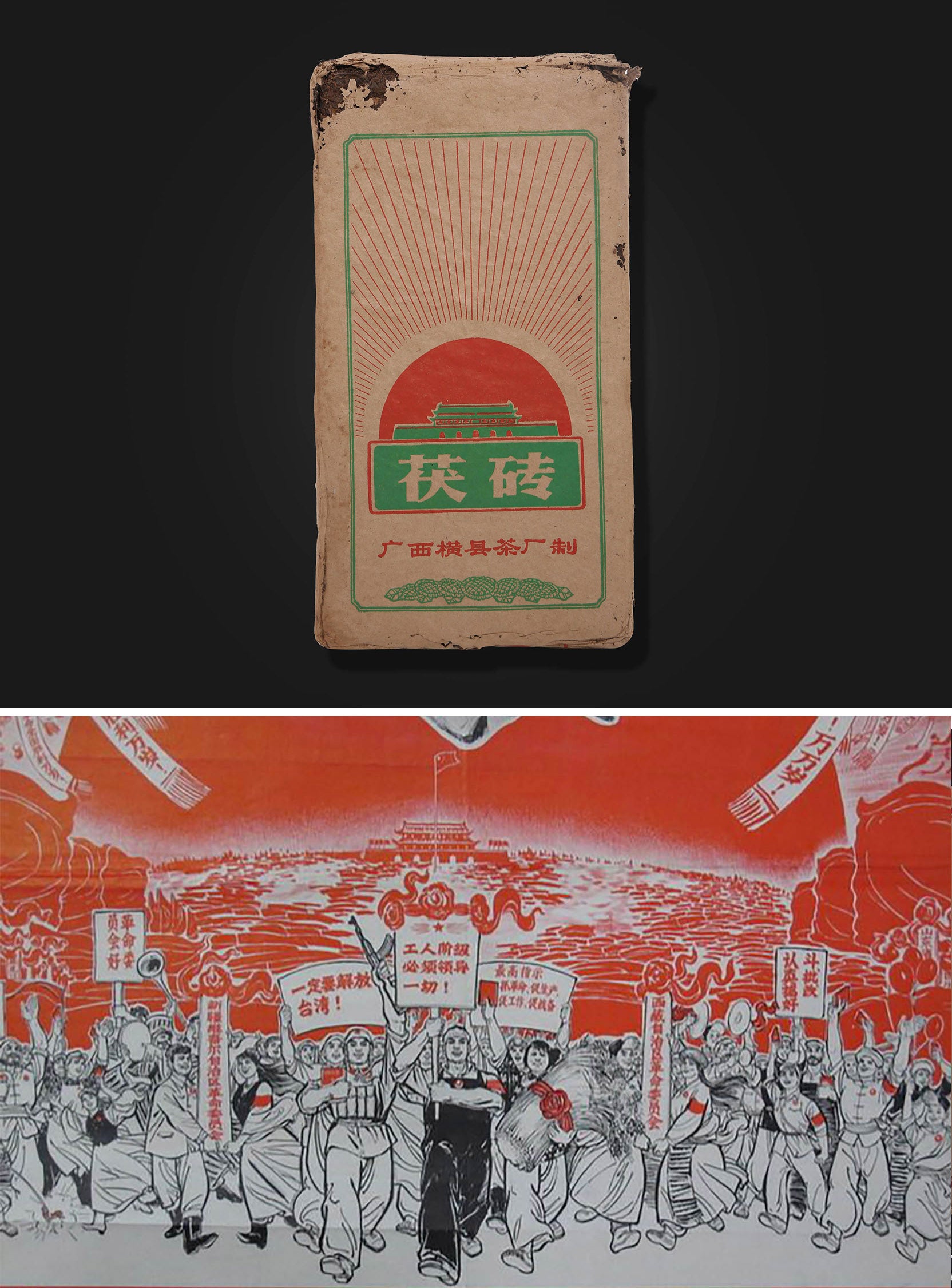
Tea Type: Dark Tea
Vintage: 1960s
Storage: Dry-stored in original packaging
Aroma Profile: Medicinal fragrance and woody notes
Weight: Approx. 2000g per brick
This tea brick is crafted from high-quality Guangxi Liubao material and has been sufficiently aged. The tea liquor is a deep, rich red, and translucent.
The taste is mellow and thick, with a full mouthfeel. The aroma is fully integrated into the liquor, and it induces rapid salivation, followed by a persistent sweet aftertaste (Huigan).
This tea is beneficial for helping to reduce the 'Three Highs', regulating the digestive system, and aiding in the prevention of arteriosclerosis.
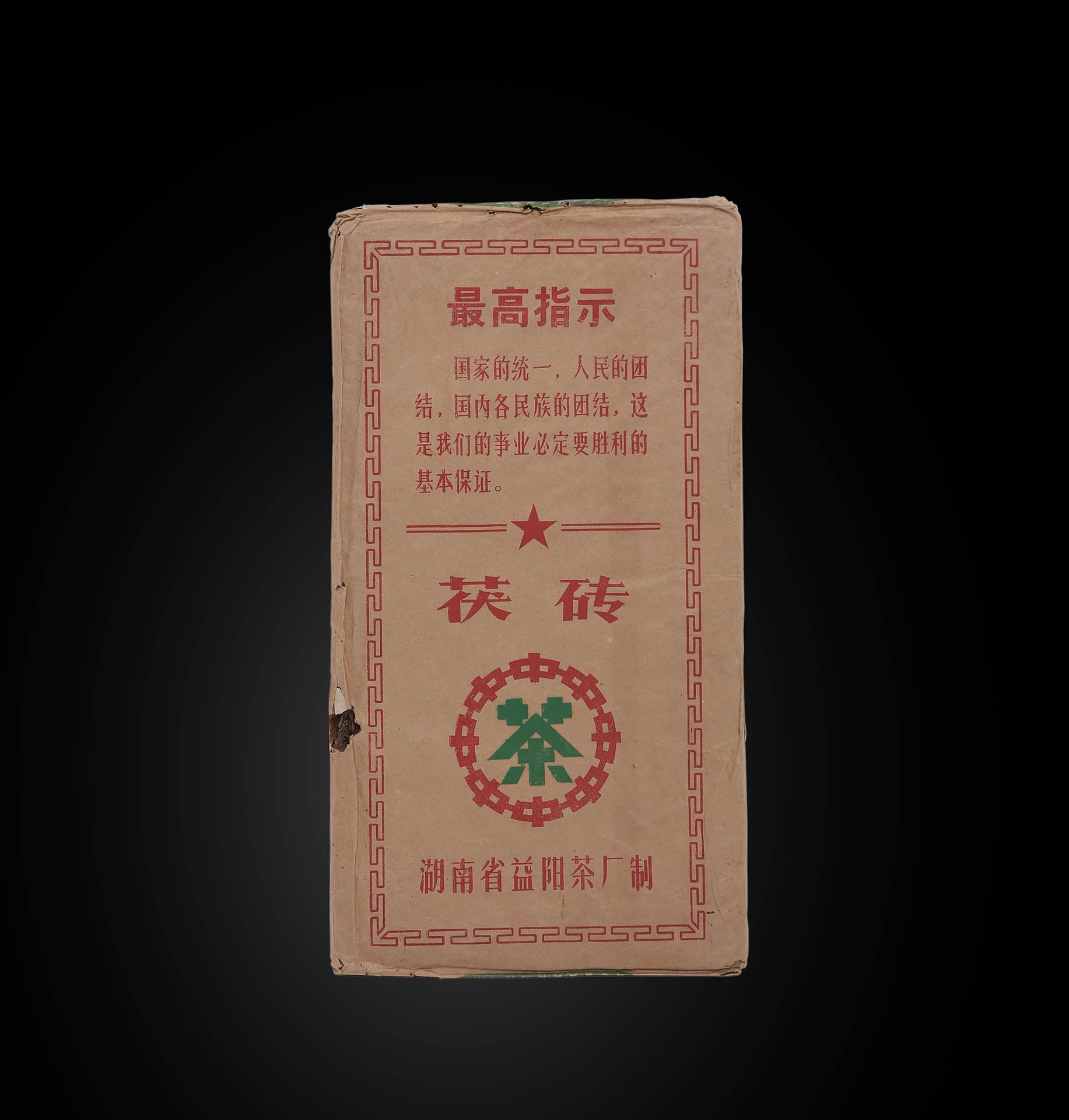
Tea Type: Dark Tea
Vintage: 1960s
Process: Raw Brick (Sheng Zhuan)
Storage: Dry-stored in original packaging
Aroma Profile: Medicinal fragrance, woody notes, and 'Golden Flower' aroma
Weight: Approx. 2000g per brick
The tea liquor is vibrant and translucent, deep red with an amber hue. The mouthfeel is complex and layered, with the aroma fully integrated into the liquor.
"Cultural Revolution Bricks," owing to their unique cultural and historical context, have always been highly sought after by tea connoisseurs and collectors. To drink a cup of this aged dark tea is to savor a piece of bygone history.

Tea Type: Dark Tea
Aroma Profile: Jujube fragrance
Weight: Approx. 500g per brick
Vintage: 1992–1993
Storage: Dry-stored in original packaging
Kang Brick Tibetan Tea (Kang Zhuan Zang Cha) has a history of over a thousand years, dating back to the Tang Dynasty. This "Golden Dragon Brand" (金龙牌) Kang Brick Tibetan Tea from the early 1990s is crafted from high-quality Zunyi green tea raw material and 'Hong Tai' (Red Stems), adhering to the traditional methods of compressed tea production.
After 26 years of natural ageing, the brick presents a deep brown color and has become loosened and thick. The tea leaves are broad, large, and robust, while the 'Hong Tai' (red stems) show moderate tenderness.
The tea liquor is a deep, rich red. The tea essence (Cha Zhi) is thick and concentrated. The mouthfeel is gentle, uplifting, and layered, with a strong medicinal aroma. The jujube fragrance persists even after prolonged boiling. The wet leaves (Cha Di) are dark, glossy, and black.
This tea is beneficial for helping to reduce the 'Three Highs,' regulating the digestive system, and aiding in the prevention of arteriosclerosis. It was awarded the "Guizhou Provincial High-Quality Product Award" and the "Ministry of Commerce National High-Quality Product Award" in 1987, and has maintained these titles in subsequent annual re-evaluations. In 1994, it won the Silver Medal at the 5th Asia-Pacific International Exposition.
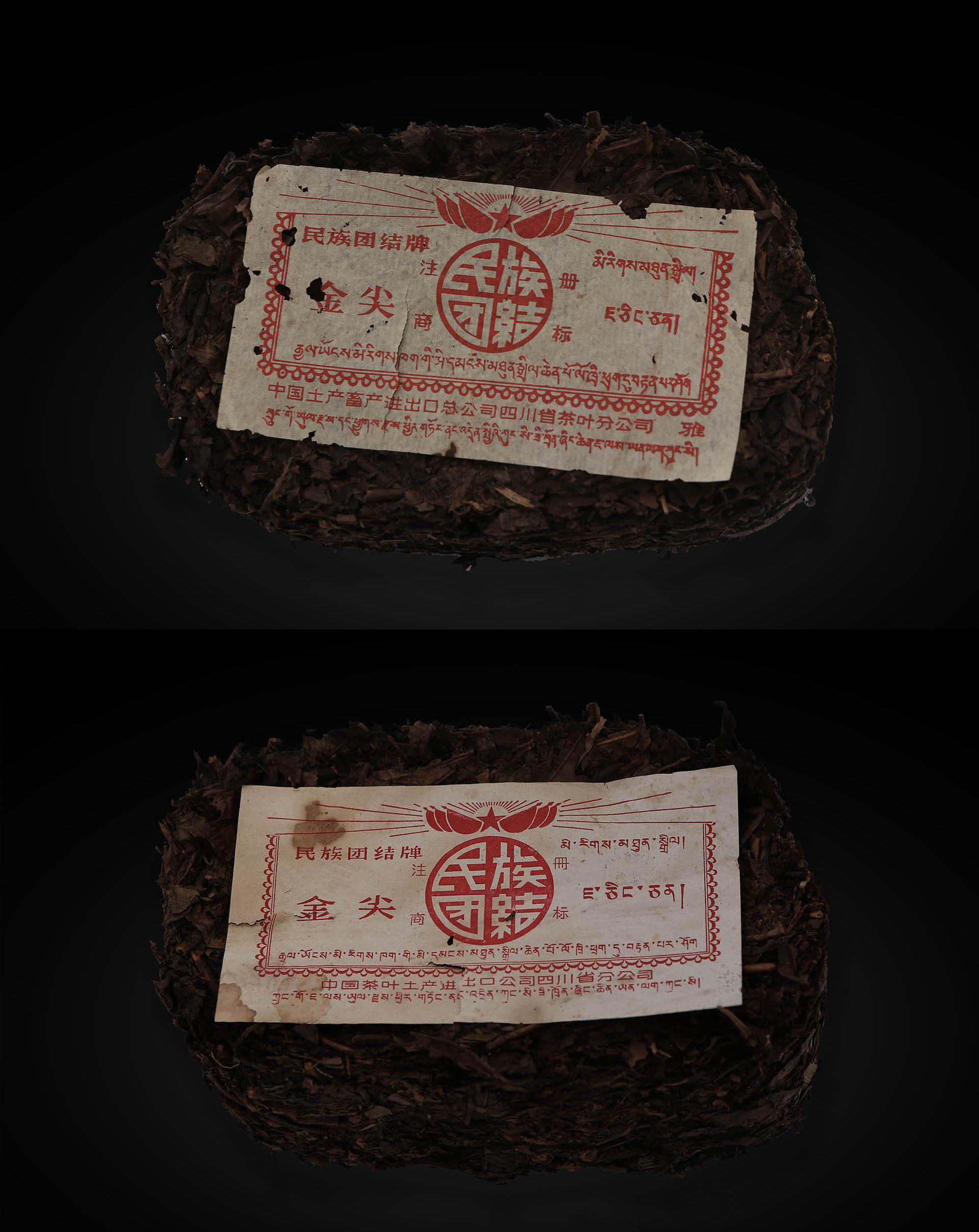
Tea Type: Dark Tea
Aroma Profile: Medicinal fragrance and woody notes
Weight: Approx. 2500g per block
Storage: Dry-stored in original packaging
Jin Jian Tibetan Tea (金尖藏茶) is a sub-category of Dark Tea. It was first recorded during the Xining era of the Northern Song Dynasty (1074 AD). Jin Jian Tibetan Tea is primarily sold to the Qinghai-Tibet Plateau—the "Roof of the World"—and its surrounding regions.
Due to the high-altitude, cold climate, the Tibetan people must consume large amounts of high-calorie, fatty foods. Compounded by a scarcity of vegetables, this excess fat is difficult for the body to break down. Tibetan Tea, however, aids in decomposing fat, preventing internal 'dry-heat' (Zao Re), and helping to eliminate toxins. Consequently, the Tibetan people have developed an essential life-long habit of drinking it. In Tibet, there is a saying: "It is better to be without food for three days than to be without tea for one." Therefore, Tibetan Tea is known by the Tibetan people as the 'Tea of Life'.
This Jin Jian Tibetan Tea from the 1960s and 1970s features 'Hong Tai' (red stems) of moderate tenderness, and the tea block is loosened and thick. After half a century of transformation (ageing), the tea block has turned a dark, black-brown color. Its liquor resembles red wine, and the mouthfeel is mellow and smooth, with prominent medicinal and woody aromas.
Aged Fu Ling Brick Tea Brew
Aged Fu Ling Brick Tea
Brew
Gently dissect bricks and select utensils
prying tea
Tools: Fine-tipped tea needle (preferred) or thin tea knife; avoid using wide-bladed tools for violent disassembly.
Method: Insert it into the gap at the edge of the brick and gently pry it into small pieces of 2-3g (Poria cocos is brittle and easily broken; if the pieces are too large, it will be difficult to extract the flavor, and if they are too small, it will make the flavor cloudy).
Avoid this pitfall: Do not smash or break the tea into small pieces with a hammer, as this will make the tea soup cloudy.
Tea selector
For everyday drinking: 150ml ceramic gaiwan (concentrates aroma without overpowering flavor).
For a smooth and creamy texture: 300ml earthenware pot (avoid glass pots as they easily dissipate the aroma).
Auxiliary tools: filter screen (to filter out residue), glass fairness cup (to observe the color of the tea), ceramic tasting cup (to keep the tea warm).
Prepare water
Water quality: Purified water with TDS of 50-100mg/L (mineral water may mask the sweetness of Poria cocos).
Water temperature: Must be 100℃ boiling water (high temperature penetrates the tea brick, stimulating the aroma of Poria cocos and tea).
Gaiwan brewing
Warming utensils: Rinse the gaiwan, fairness cup, and teacup with boiling water to raise the temperature of the utensils and prevent the soup from cooling down and affecting the flavor.
Rinse the tea: Add 5-6g of tea cake, pour boiling water from a height (8cm from the rim of the bowl along the side), cover and steep for 10 seconds, then quickly drain.
Uses: Softens tea blocks, removes surface impurities, and the tea-rinsing water can be used to rinse teacups for a second warming.
Bubble separation:
1-3 steeping: Pour boiling water along the wall and steep for 8-10 seconds before serving (Poria cocos dissolves easily, so avoid making the flavor too strong).
4-6 infusions: Pour water in a circular motion to cover the tea block and steep for 10-12 seconds (the aroma of tea and the flavor of Poria cocos blend together).
7. After each soak: extend the soaking time by 2 seconds, and keep pouring water along the wall (to prevent the crumbs from overflowing).
Serving:
Each time you pour out the soup, you need to pour it out quickly within 10 seconds and drain it. Tilt the bowl at a 15° angle to remove any remaining soup (to prevent the Poria cocos from being over-extracted and causing the soup to become stale).
Brewing tea (Choose with caution! Only for later use).
Applicable conditions: When the tea cake still has a lingering flavor but the tea soup becomes lighter after brewing in a gaiwan 6-7 times.
operate:
Place 3g of the remaining tea pieces into the earthenware pot and fill it with boiling water.
After bringing to a boil over high heat, reduce to low heat and simmer for 30 seconds to 1 minute (avoid vigorous boiling or cooking for more than 1 minute to prevent a muddy taste).
Turn off the heat and let it steep for 30 seconds. Filter and drink while hot (only boil once more).
Drinking and Taboos
When to drink: Drink within 1 minute after brewing. When hot, the warmth of the poria cocos and the aroma of the tea are best balanced. When cold, it is easy to feel astringent.
Key points to experience: First, take a small sip of the soup to feel the warm and smooth sensation in your throat (a core characteristic of Poria cocos), then savor the aroma of the tea.
Prohibited operations:
Brewing fresh tea blocks directly: The flavor of Poria cocos becomes too strong instantly, masking the aroma of the tea and making it prone to astringency.
Brewing with tea leaves: The tea soup is cloudy and the taste is poor.
Brewing with low-temperature water: If the water temperature is <95℃, the tea brick will not be transparent, and the tea soup will be weak and tasteless.
Can Mixed drinks
Honey Fuzhuan Tea: After brewing and cooling slightly, add honey and stir well for a sweet and mellow aftertaste.
Chrysanthemum Fu Brick Tea: Brew tea and chrysanthemum in a 3:1 ratio, and it's refreshing and helps cut through any greasiness.
DIY Milk Tea: After brewing tea, add milk and sugar to make a healthy version of Qinghai milk tea.
Summarize
Gently break up the brick, steep for a short time, and carefully boil the tea. High temperature brings out the aroma and sweetness—the goal is to blend the flavors of the tea and Poria cocos while controlling the steeping time to prevent the Poria cocos from overpowering the tea.
Storage
Storage

Storage principles of aged Poria cocos brick tea
Temperature and humidity: Temperature 18-25℃ (fluctuation not exceeding ±5℃), relative humidity 55%-65% (In the south, moisture protection is needed; unscented silica gel desiccant can be placed. In the north, dryness protection is needed; a shallow dish of water can be placed next to the storage container to prevent the tea brick from drying out and cracking).
Ventilation and Sealing : Avoid complete sealing (it will stifle the aroma); allow slight ventilation (to allow the tea leaves to breathe slowly and continue aging); however, avoid excessive ventilation (to prevent aroma loss). Every 2 months Ventilate once. 2-3 minutes each time.
Avoid light and prevent cross-contamination of odors: Keep away from direct sunlight (ultraviolet rays will destroy the aged aroma substances) and isolate odor sources (kitchen fumes, spices, cosmetics, etc., this Gong Cha has a strong absorption capacity and once the odor is cross-contaminated, it is irreversible).
Containers and Operations
Container selection: Porous earthenware pot / breathable cotton paper as a supplement
Operation details:
Check tea bricks before storage:
Ensure it is free of mold and mildew. White frost, (If there is a slight "storage smell", you can spread the tea blocks out in a cool and ventilated place to dry for 1-2 hours before packing them into a jar.)
Avoid touching the Poria cocos directly with your hands (the oil on your hands will accelerate mold growth).
Chenhua Recommendation
These aged teas have entered a "stable aging period" and do not require any deliberate adjustments;
If the main purpose is to "enjoy it immediately", it is recommended to store it in small pieces (take out 1-2 pieces each time, and quickly put the remaining tea pieces back in place to reduce the time they are exposed to air) to preserve its aged aroma and mellow taste to the greatest extent.






